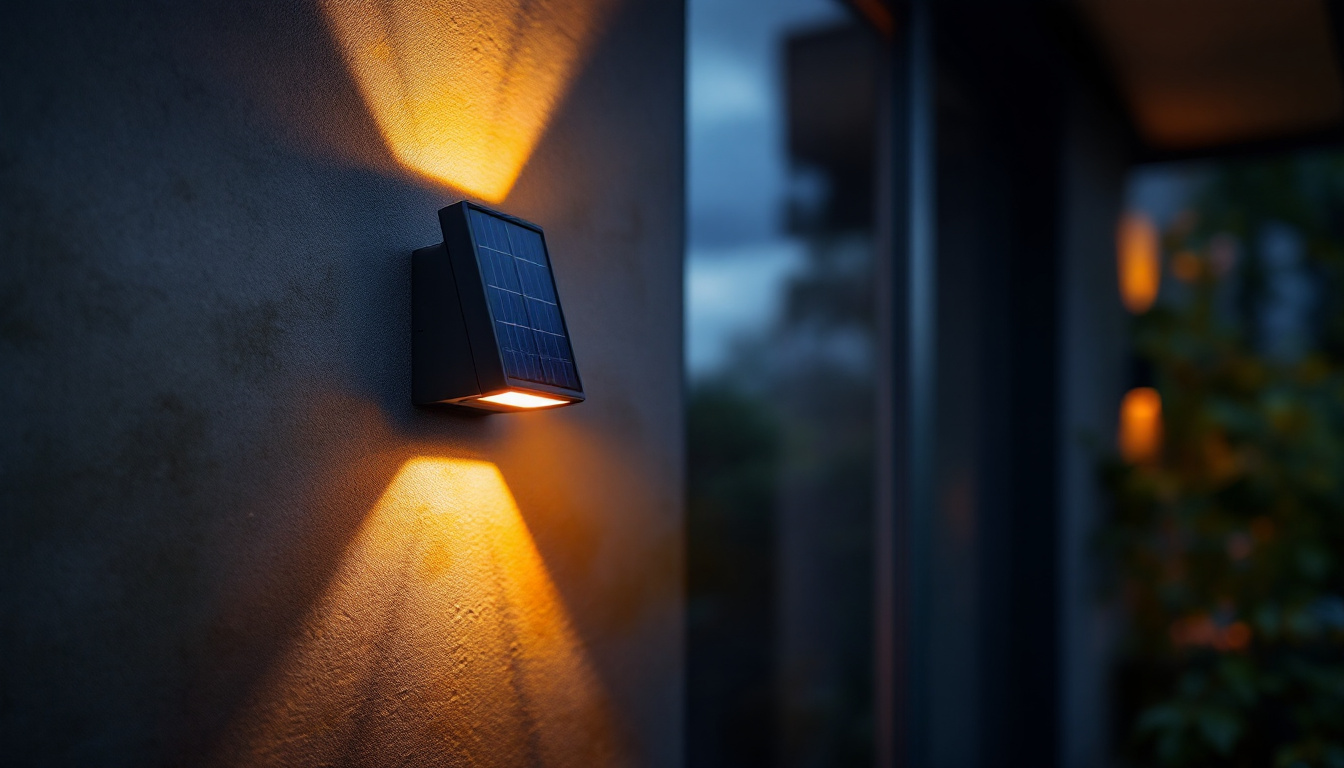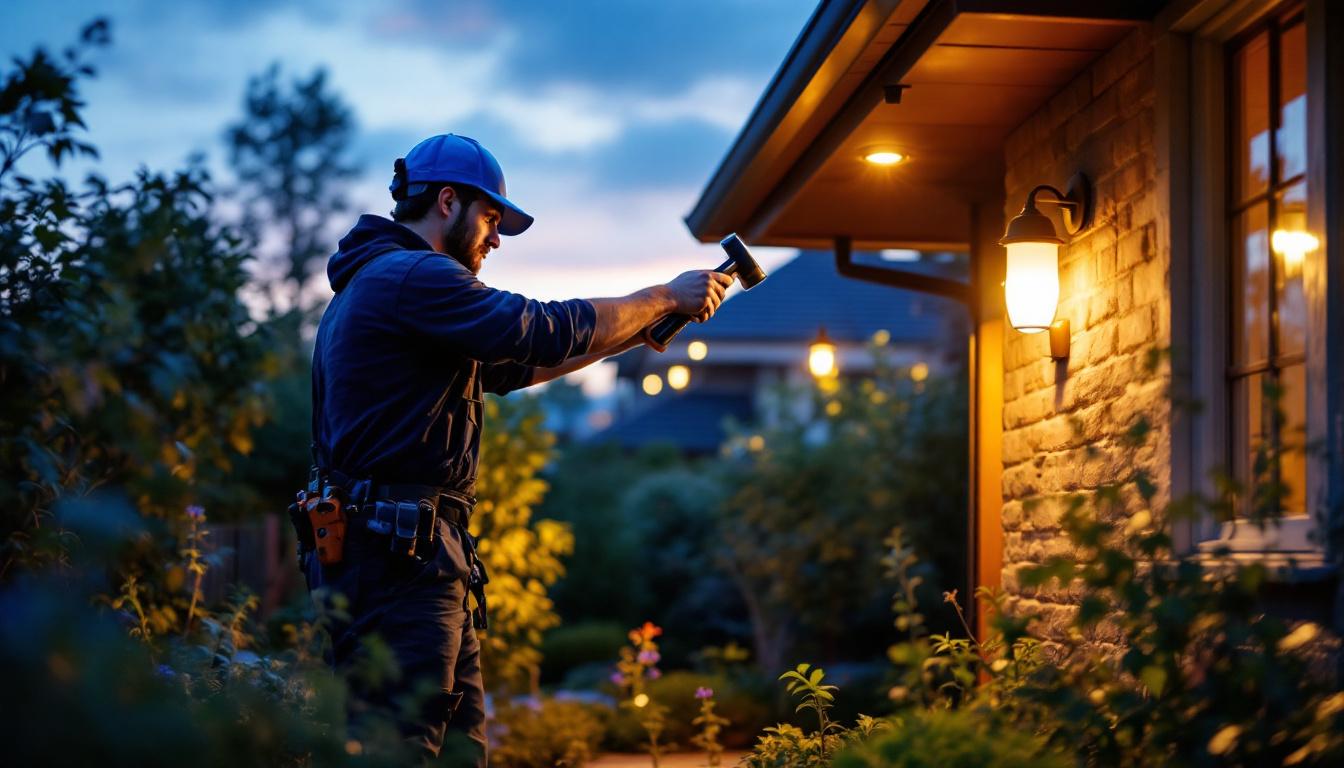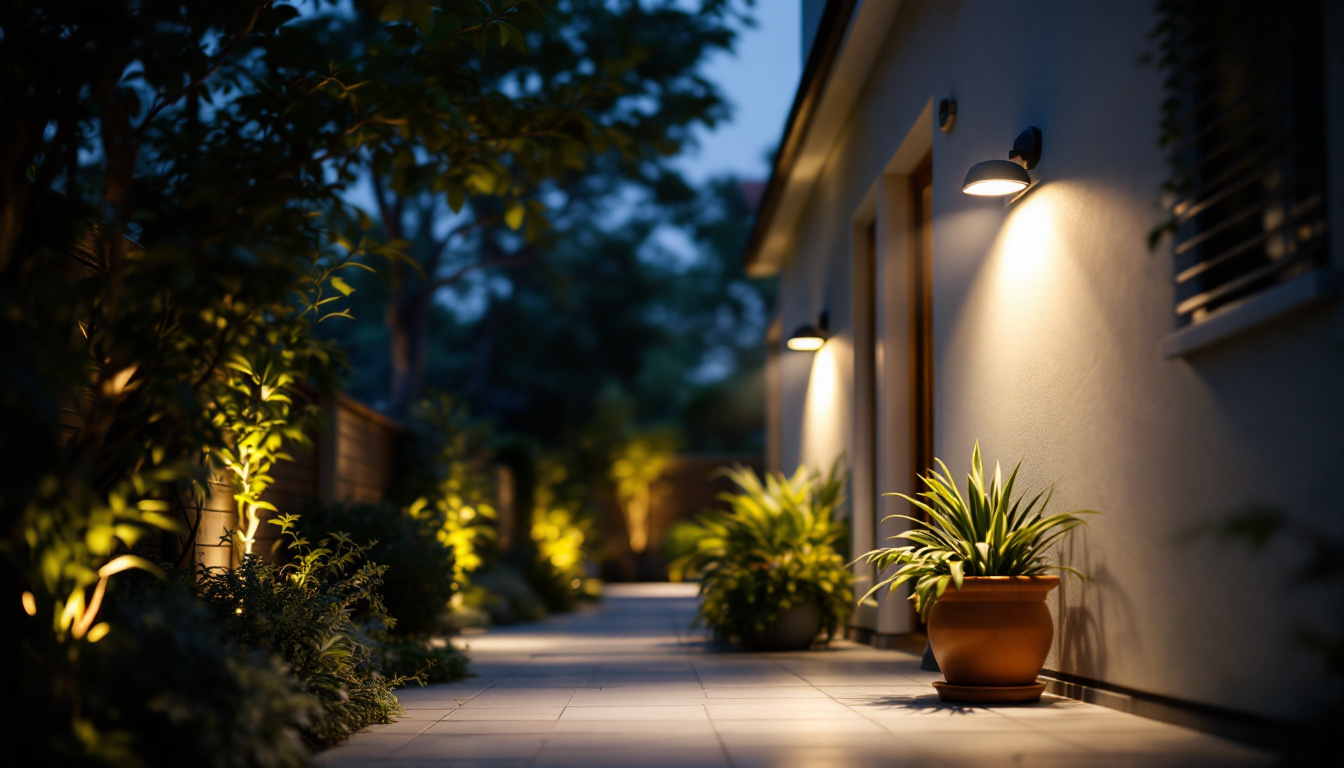
In recent years, the lighting industry has witnessed a significant shift towards energy-efficient solutions, with LED lights emerging as the frontrunner in this transformation. For lighting contractors, the transition from traditional fluorescent tubes to LED technology not only enhances the quality of light but also offers numerous operational advantages. This article delves into how LED lights are revolutionizing the way lighting contractors work, the benefits they provide, and the challenges that may arise during this transition.
One of the most compelling reasons for lighting contractors to embrace LED lights is their remarkable energy efficiency. LEDs consume significantly less power than fluorescent tubes, which translates to lower electricity bills for clients. This efficiency is particularly beneficial in commercial settings, where lighting accounts for a substantial portion of energy consumption. By replacing fluorescent tubes with LEDs, contractors can help their clients achieve considerable energy savings, enhancing their overall satisfaction.
Moreover, the longevity of LED lights further amplifies their cost-effectiveness. While fluorescent tubes may last around 10,000 hours, LEDs can last up to 50,000 hours or more. This extended lifespan reduces the frequency of replacements, allowing contractors to focus on other projects while minimizing maintenance costs for their clients. Additionally, the reduced need for replacements means fewer materials are discarded, contributing to lower waste and a smaller environmental footprint, which is increasingly important to businesses aiming for sustainability.
LED lights offer superior light quality compared to traditional fluorescent tubes. They provide a more consistent and uniform light output, which can enhance the ambiance of any space. Additionally, LEDs are available in a wide range of color temperatures, allowing contractors to tailor lighting solutions to meet the specific needs of their clients. Whether it’s creating a warm and inviting atmosphere in a restaurant or a bright and focused environment in an office, LEDs can deliver the desired effect.
Furthermore, LED lights do not flicker as fluorescent tubes often do, which can lead to eye strain and discomfort. This is particularly important in environments where employees spend long hours working under artificial lighting. By providing a more comfortable lighting experience, contractors can contribute to improved productivity and well-being for their clients. In addition to these benefits, LED technology has advanced to include features such as dimming capabilities and smart lighting integration, allowing users to control their lighting more intuitively and adapt to various activities or moods throughout the day. This flexibility not only enhances user experience but also further optimizes energy consumption based on actual needs.
The environmental benefits of switching to LED lights are significant. LEDs contribute to a reduction in greenhouse gas emissions, as they consume less energy and have a longer lifespan. For lighting contractors, promoting sustainable practices is not only a responsible choice but also a growing expectation among clients. Many businesses are now prioritizing eco-friendly solutions, and contractors who can offer LED lighting options position themselves as leaders in sustainability.
Additionally, the materials used in LED lights are often less harmful to the environment compared to those in fluorescent tubes. For instance, fluorescent lights contain mercury, which poses disposal challenges and environmental risks. By advocating for LED solutions, contractors can help clients avoid these issues and contribute to a healthier planet. The transition to LED lighting can also lead to significant cost savings over time, as these lights use up to 75% less energy than traditional incandescent bulbs. This reduction not only benefits the environment but also translates into lower utility bills for businesses, making it a financially savvy choice.
Moreover, the longevity of LED lights means that replacements are needed far less frequently, which reduces waste and the frequency of manufacturing processes that can be resource-intensive. As companies strive to enhance their corporate social responsibility (CSR) profiles, the adoption of LED lighting becomes a tangible step toward achieving sustainability goals. Many organizations are now incorporating energy-efficient lighting into their broader sustainability strategies, showcasing their commitment to environmental stewardship and attracting eco-conscious customers.
As governments worldwide implement stricter energy efficiency regulations, lighting contractors must stay ahead of the curve. Many regions are phasing out fluorescent tubes in favor of more energy-efficient alternatives. By transitioning to LED lighting, contractors can ensure compliance with these regulations, helping clients avoid potential fines and penalties. This proactive approach not only protects clients but also enhances the contractor’s reputation as a knowledgeable and responsible professional.
In addition to compliance, staying informed about evolving regulations can provide contractors with a competitive edge in the market. As energy efficiency standards become more stringent, those who are well-versed in the latest technologies and practices will be better positioned to advise clients on optimal solutions. Furthermore, many governments and local authorities offer incentives, such as rebates or tax credits, for businesses that upgrade to energy-efficient lighting. By guiding clients through these opportunities, contractors can not only facilitate compliance but also help them capitalize on financial benefits, thereby strengthening client relationships and fostering long-term partnerships.
While the long-term benefits of LED lighting are clear, the initial investment can be a barrier for some clients. LED lights typically have a higher upfront cost compared to fluorescent tubes, which may lead to hesitation among budget-conscious clients. Lighting contractors must be prepared to educate clients on the long-term savings associated with LED technology, emphasizing the return on investment over time.
Offering financing options or energy efficiency incentives can also help mitigate these concerns. By presenting a comprehensive cost-benefit analysis, contractors can demonstrate the value of investing in LED lighting, making it an attractive option for clients.
Transitioning from fluorescent tubes to LED lighting may require adjustments in installation practices. While many LED products are designed to fit into existing fixtures, some may necessitate modifications or upgrades to the electrical system. Lighting contractors must be well-versed in these requirements to ensure a smooth installation process.
Additionally, training staff on the nuances of LED installation can enhance efficiency and reduce the likelihood of errors. Investing time in understanding the technical aspects of LED lighting will ultimately benefit contractors in the long run, as they become more proficient in delivering high-quality installations.
The integration of smart technology into lighting systems is an exciting trend that lighting contractors should embrace. Smart LED lights can be controlled remotely, allowing users to adjust brightness, color temperature, and even scheduling through mobile apps or voice commands. This level of control enhances convenience and energy savings, making it an appealing option for both residential and commercial clients.
As smart home and building automation systems become more prevalent, lighting contractors can position themselves as experts in this emerging field. Offering smart LED solutions not only meets client demands but also opens new avenues for business growth and innovation.
The LED lighting industry continues to evolve, with advancements in technology leading to even more efficient and versatile products. Innovations such as tunable white LEDs, which allow users to adjust the color temperature throughout the day, are gaining popularity. These products can enhance mood and productivity in various settings, from offices to healthcare facilities.
Staying informed about the latest developments in LED technology is crucial for lighting contractors. By keeping abreast of industry trends, contractors can offer cutting-edge solutions that meet the evolving needs of their clients, solidifying their position as trusted experts in the field.
To successfully transition to LED lighting, lighting contractors should prioritize education and training. This includes staying updated on the latest products, installation techniques, and industry standards. Workshops, webinars, and trade shows are excellent opportunities for contractors to enhance their knowledge and network with industry peers.
Additionally, educating clients about the benefits of LED lighting can facilitate smoother transitions. Providing resources, such as brochures or informational videos, can help clients understand the advantages and address any concerns they may have.
Establishing strong relationships with LED suppliers is essential for lighting contractors. Reliable suppliers can provide valuable insights on product availability, pricing, and emerging trends. By collaborating closely with suppliers, contractors can ensure they have access to high-quality LED products that meet client needs.
Furthermore, suppliers may offer training and support for contractors, helping them stay informed about the latest advancements in LED technology. This partnership can enhance the contractor’s credibility and enable them to deliver exceptional service to their clients.
The transition from fluorescent tubes to LED lights represents a significant shift in the lighting industry, offering numerous benefits for both contractors and clients. From energy efficiency and improved light quality to environmental sustainability, the advantages of LED lighting are compelling. While challenges such as initial costs and installation considerations exist, the long-term benefits far outweigh these obstacles.
As the industry continues to evolve, lighting contractors who embrace LED technology and stay informed about emerging trends will position themselves for success. By prioritizing education, building strong supplier relationships, and offering innovative solutions, contractors can transform their businesses and enhance the way they serve their clients. The future of lighting is bright, and LED technology is at the forefront of this exciting transformation.
Ready to lead the charge in the lighting industry’s transformation? At LumenWholesale, we provide lighting contractors like you with the highest quality, spec-grade LED products at unbeatable wholesale prices. Say goodbye to local distributor markups and hello to our extensive selection that meets rigorous industry standards. With free shipping on bulk orders, you can stock up on superior lighting solutions that promise reliability and high performance for every project. Don’t miss out on the perfect combination of quality, affordability, and convenience. Elevate your lighting game today by visiting Wholesale Lighting at the Best Value and take the first step towards a brighter future with LumenWholesale.

Discover essential compliance guidelines for solar wall lights that every lighting contractor should know.

Discover essential tips and expert advice with our comprehensive checklist for lighting contractors.

Discover the benefits of motion sensor lights and how they can enhance your lighting installation projects.

Discover the latest trends in 4Ft LED shop light fixtures that every lighting contractor needs to know.